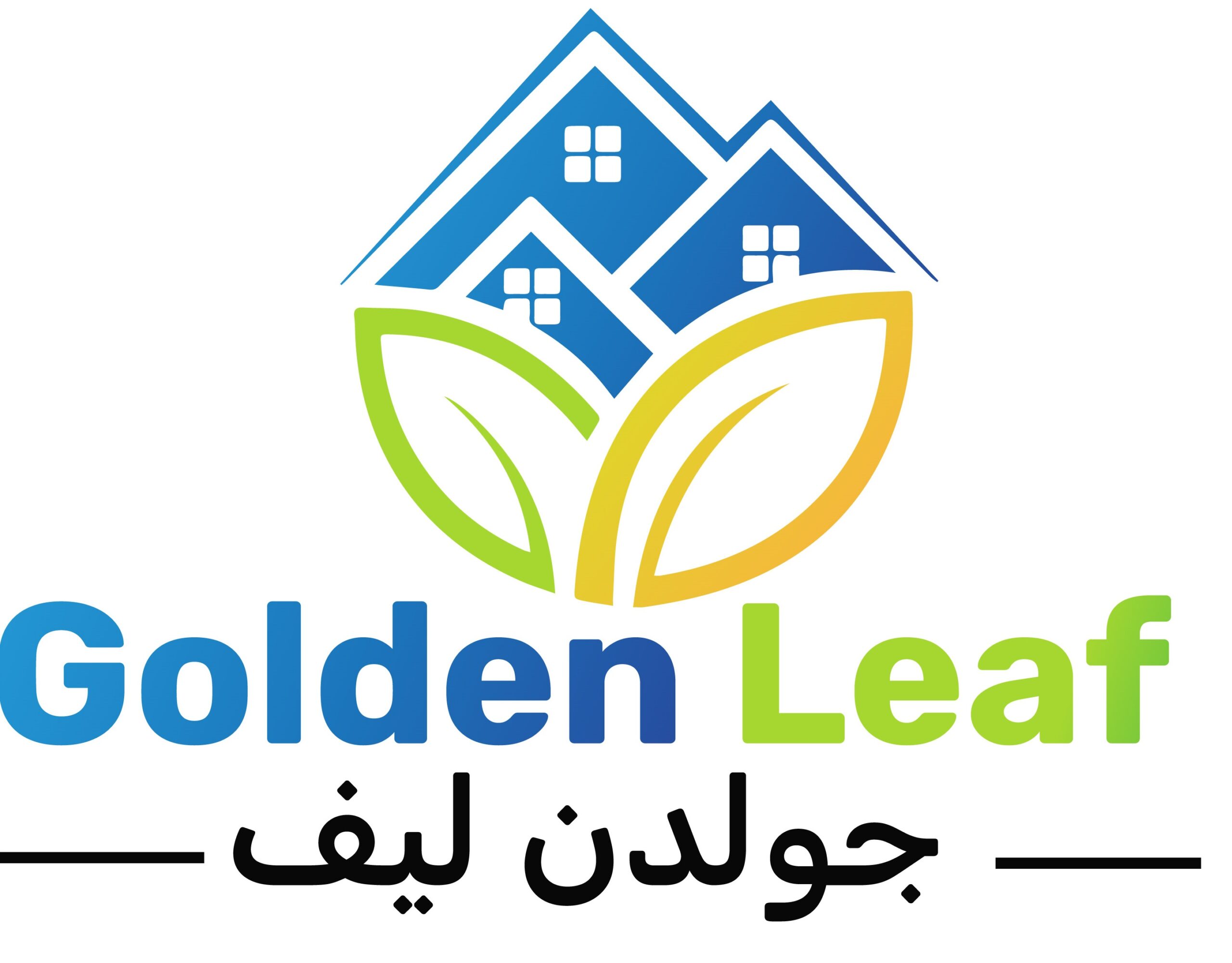Whether it is a cold, damp winter or a warm, humid summer, activities at home can result in moisture indoors and the appearance of mold. Specifically, in United Arab Emirates where the life is mostly with prolong use of indoor cooling system; there are always issues of molds which sometimes confused with the issue of termite.





